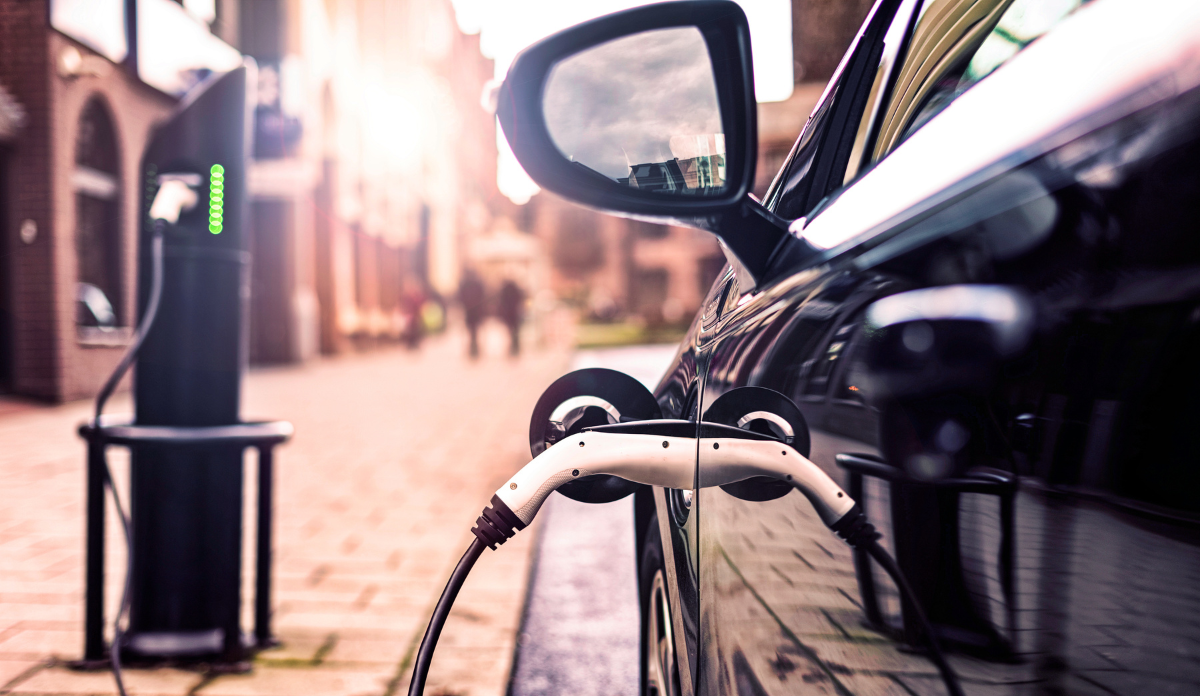I like the idea of driving an electric car to “help the planet.” Many of us, however, are most motivated to make lasting behavior changes only when they directly benefit us and the people we care about. I might, therefore, be more motivated to actually buy a zero-emission car if I knew that the health of my friends and family would be protected. Climate-conscious efforts to reduce emissions at the local level can improve the health of a community but can be hard to detect.
Erika Garcia and colleagues analyzed the impact of electric vehicle usage on zip-code level air pollution and asthma in California. They used data on registered zero-emission vehicles from the California Energy Commission and tabulated asthma-related visits to the emergency room using the California Health and Human Services Open Data Portal. To measure air pollution levels related to traffic, they obtained data on nitrogen dioxide from the Environmental Protection Agency’s air monitoring sites. Nitrogen dioxide, a harmful pollutant linked to various respiratory and cardiovascular diseases, is emitted by conventional gas-powered cars. Decreasing its prevalence is an encouraging step towards mitigating the harmful effects of air pollution at the local and global scale.
The researchers found that even a relatively small number of people using zero-emission vehicles can improve local lung health and air quality. An addition of 20 zero-emission cars per 1,000 people corresponded to a 3.2% drop in local asthma-related emergency visits. The researchers also noted a small reduction in nitrogen dioxide levels.
This study is one of the first to quantify zero-emission vehicles’ real-world environmental and health benefits. Empowering individuals to engage in actions that reduce greenhouse gas emissions is vital, but difficult. Without studies like this one, it becomes challenging to demonstrate the tangible benefits and encourage widespread adoption of sustainable practices.
Despite the potential for health-driven motivation, the current growth of zero-emission vehicles in the U.S. is heavily impacted by the growing number of legislative actions related to expanding the production of electric cars and phasing out gas-powered cars.
The Biden administration has taken steps to accelerate the transition from gas-powered vehicles to zero-emissions vehicles. Tax credits of up to $7,500 are now available to those who buy electric vehicles. Federal funds are being used to expand charging infrastructure across the country. Several vehicle manufacturers have made promises to increase their manufacturing of electric vehicles like Cadillac and Volvo, who plan to only sell electric cars by 2030.
The push to entice more Americans to embrace zero-emission vehicles is proving successful. Garcia and her team also found that, on average, the number of zero-emission vehicles in California increased from 1.4 per 1,000 people in 2013 to 14.6 per 1,000 people in 2019.
These research findings suggest that embracing clean transportation options can lessen the burden of asthma in a community. Using a combination of approaches to expand the use of zero-emission vehicles can provide Americans with strong incentives to sustain their climate-friendly behavior and directly improve health.
Photo via Getty Images














